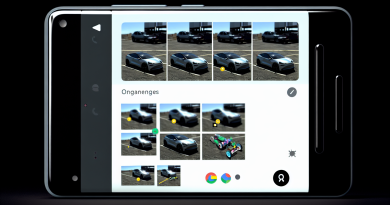Android Auto to Get Spotify Jam and Support for Video and Browser Apps
Let’s start with Spotify. Last week, Google revealed in a video that the Spotify app for Android Auto will undergo a comprehensive upgrade through a new media application template provided to developers. Spotify Jam is a new feature added to this music service for Android Auto, allowing users to share control of the audio source on their respective devices. In vehicles equipped with Android Auto, any user with Spotify can click the new ‘Jam’ icon on the in-car touchscreen, scan a QR code, and add upcoming songs to a playlist. Compared to Apple Music’s similar SharePlay feature, which requires everyone to have an Apple device to use, Spotify’s Jam is more inclusive. Spotify stated that Spotify Jam will be launched in the ‘coming months.’ In the video, Google also mentioned that a ‘Quick Share’ feature will soon be added to cars with built-in Google Maps, enabling users to add waypoints to their Google Maps routes. The company also announced that key support will be added to its infotainment operating system. Through the Google Figma kit created for prototyping the Android Auto application UI, we are offered a fresh experience of the lightweight mode theme that the company is developing for Android Auto. Although Google did not explicitly state that a lightweight mode will be introduced in its blog about future changes to Android Auto, as pointed out by 9to5Google, this UI option has been in preparation for many years. Google briefly mentioned that browser and video applications will soon land on Android Auto. The company stated that these categories of applications, as well as video applications, will be available ‘soon’ on Android Auto, with gaming applications already in the Beta version. Of course, Google noted that these features will only be available when the vehicle is parked. The browser feature is currently in Beta on vehicles with built-in Google Maps, while video applications are available within its infotainment system. The company also announced that support for weather applications has officially ended its Beta phase.
